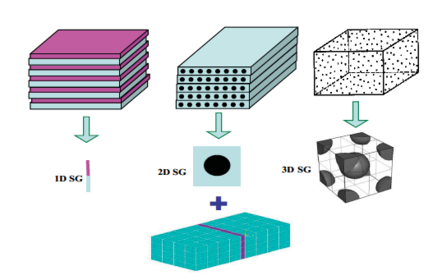AnalySwift
SwifComp
- Multi-scale constitutive modeling of composites
- Unifies structural mechanics and micromechanics
- Multi-physics capabilities
- Beams, plates, shells and 3D composite structures
- Accuracy of 3D FEA at a computational cost several orders of magnitude less
VABS
- Cross sectional analysis for composite beams
- Multiphysics capability
- Accuracy of 3D FEA in engineering beam models
Standalone
SwiftComp is a general-purpose multi-scale constitutive modelling code for composites which provides unified modelling for 1D (beams), 2D (plates/shells), or 3D composite structures. This is accomplished using a new theory that unifies structural mechanics and micromechanics, saving users time without a loss of accuracy compared to first principle 3D FEA when modelling complex composite structures or materials. SwiftComp can be used to calculate the effective properties for a wide variety of composites and other heterogeneous structures and materials including composite laminates, woven composites, stiffened structures, sandwich structures, corrugated structures, and other build-up structures. As long as a structure genome defined as the building block of the structure can be identified, SwiftComp can compute the best structural model for use in macroscopic structural analysis. SwiftComp also performs dehomogenization to compute the pointwise stresses in the microstructure.
AnalySwiftalso offers VABS™ for rigorous analysis of slender composite structures such as helicopter and wind turbine rotor blades. VABS is the only tool capable of rigorously decoupling an original 3D slender solid with complex microstructure (sophisticated cross-section with or without spanwise heterogeneity) into a simple engineering beam model. To deal with a composite wing/rotor, many 3D FEA rely on smearing many layers into one thick layer, which introduces significant errors and defeats the very purpose of being high fidelity. However, VABS can compute ply-level stress field without such approximations. It achieves the accuracy as if 3D FEA models all the ply level details.
For more information, please visit: analyswift.com

Multi-scaleconstitutive modelling of composites – Courtesy of AnalySwift




